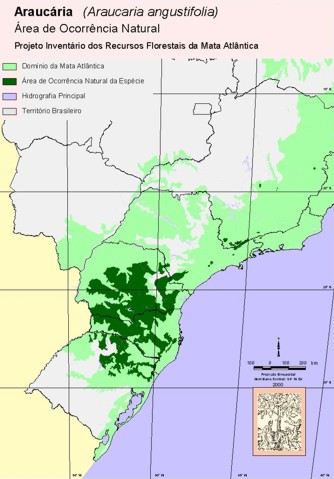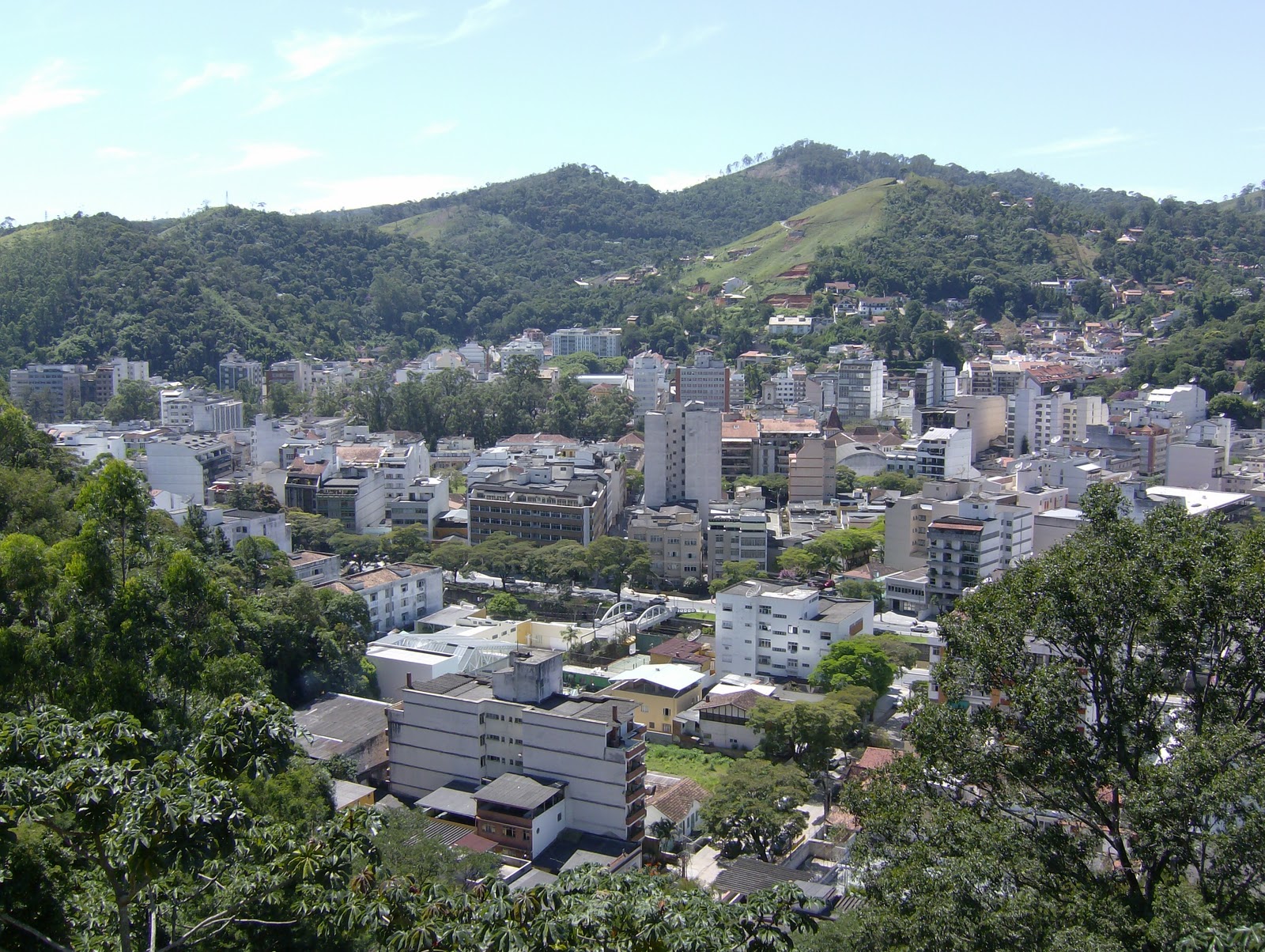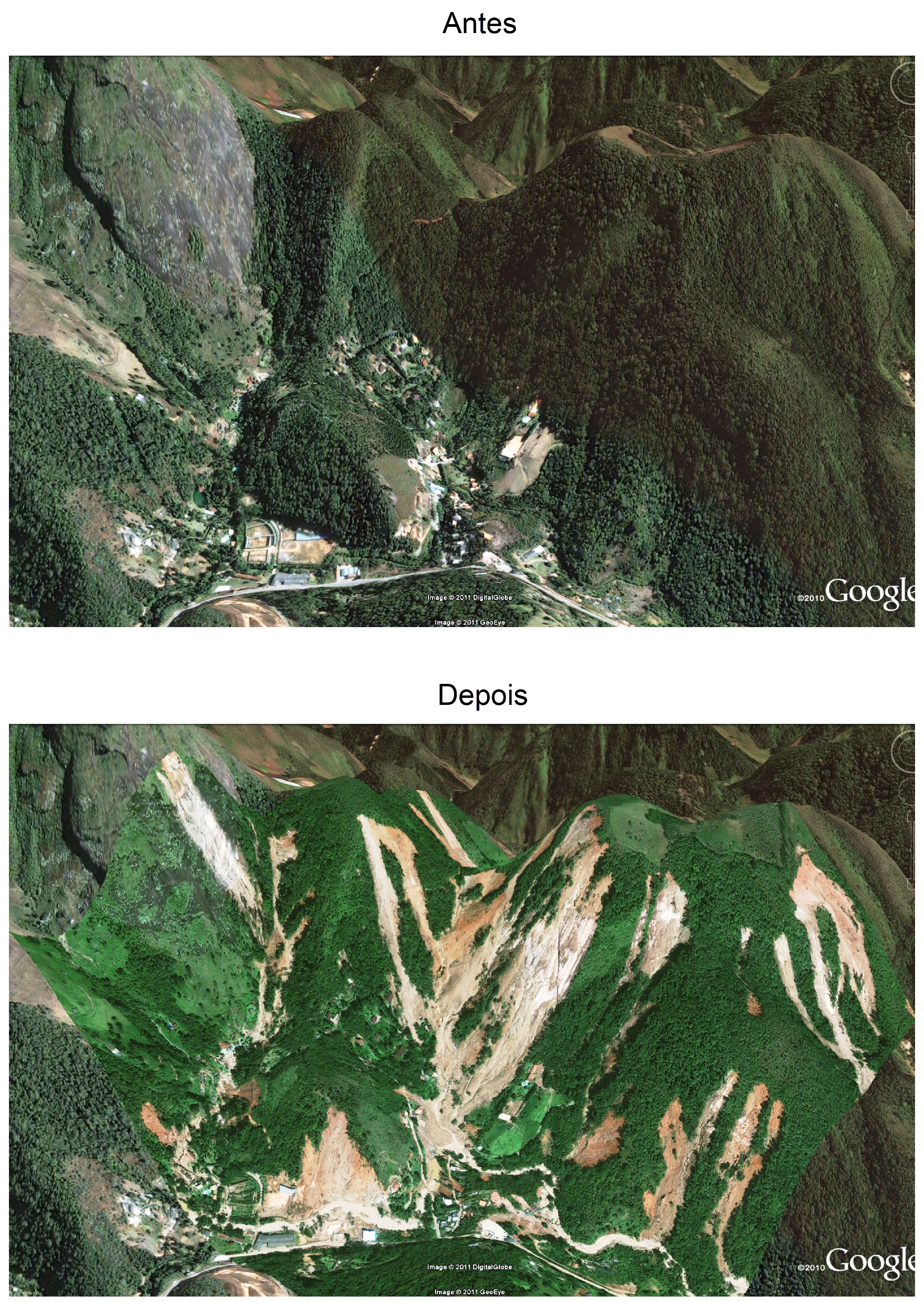Northern winds
 Acolyte
Acolyte
One part of my continent used to have lots of ancient, huge trees.The climate is coastal, rainy and temperate. The great forest had very fertile soil, which is why humans chose to settle there. The trees provided them with lots of wood and they quickly expanded. A medieval, feudal kingdom with a wealthy noble class appeared. This kingdom became the largest one on the continent thanks to the natural resources and the great location. Mineral resources were scarce, but the land was extremely good for growing crops. And they built a lot of unnecessarily big buildings. The whole enormous forest was cleared after a while, which quickly lead to soil erosion since the climate is rainy. The land was over-grazed by animals, and soon all the nutrients were gone and crops no longer thrived. (Inspired by what happened to the Roman Empire.) Most farmers had to give up and move into large towns in search of work. Some of the abandoned fields in the valleys became swamps and other places no longer had shelter from the strong sea winds. (I’m still trying to figure out what could have happened to the wildlife.)
Landlords of this kingdom are losing their power over the people as an effect. The land they rule over no longer has any economic benefit. Is that realistic? They can’t expand further. I also want the merchant class to grow as a result of this. I want the leader of the merchant guild in the largest city to become very influential. I want urbanization to occur and the feudal system to weaken. I still want to keep my kingdom a monarchy, though. But will everybody — peasants, workers, merchants and nobles alike — lose because of the lack of fertile farmland and wood resources? Will the working class able to find employment in a city in a scenario like this? The kingdom is located near the coast and lakes are common, so a bit of fishing might be available as well.
I really want the upper class (preferably the richest merchants) of this kingdom to stay rich, despite the fact that the kingdom has failed badly by depleting its resources too quickly.
There are lots of lakes nearby. Is it possible that they could have become eutrophic? I mean, with all the natural nutrients washed away from the fields… If they ended up in lakes, they could cause some damage there too, right?
Who knows what kind of strange creatures could appear in a eutrophic fantasy-lake!
(My story focuses on semi-nomads in other parts of the continent but I still want a large, horrible monarchy to exist.)
Landlords of this kingdom are losing their power over the people as an effect. The land they rule over no longer has any economic benefit. Is that realistic? They can’t expand further. I also want the merchant class to grow as a result of this. I want the leader of the merchant guild in the largest city to become very influential. I want urbanization to occur and the feudal system to weaken. I still want to keep my kingdom a monarchy, though. But will everybody — peasants, workers, merchants and nobles alike — lose because of the lack of fertile farmland and wood resources? Will the working class able to find employment in a city in a scenario like this? The kingdom is located near the coast and lakes are common, so a bit of fishing might be available as well.
I really want the upper class (preferably the richest merchants) of this kingdom to stay rich, despite the fact that the kingdom has failed badly by depleting its resources too quickly.
There are lots of lakes nearby. Is it possible that they could have become eutrophic? I mean, with all the natural nutrients washed away from the fields… If they ended up in lakes, they could cause some damage there too, right?
Who knows what kind of strange creatures could appear in a eutrophic fantasy-lake!
(My story focuses on semi-nomads in other parts of the continent but I still want a large, horrible monarchy to exist.)
Last edited by a moderator:

 Troubadour
Troubadour
 Vala
Vala


 Myth Weaver
Myth Weaver


 Maester
Maester